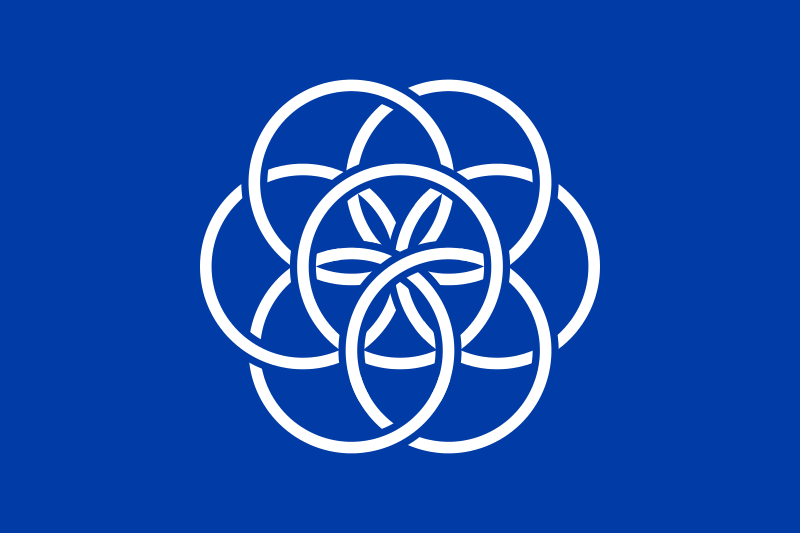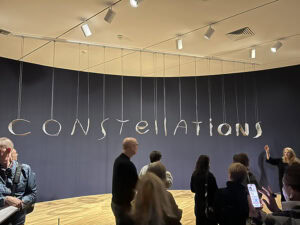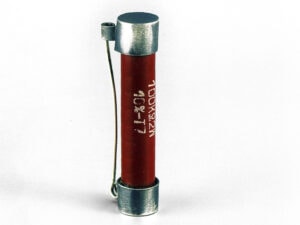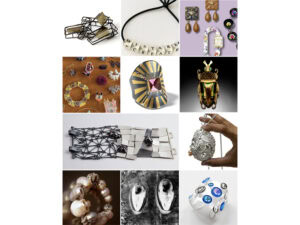- New Zealand’s jewelers work within a rich material and cultural history that ranges across the Pacific
- They access a fusion of influences following a turbulent and traumatic colonial past
- They bring a DIY attitude of experimentation and exploration
- They stand close to the Māori tradition of passing knowledge down through whānau (family) and iwi (wider tribe)
When Art Jewelry Forum approached me to write an article on this topic, at first I thought the question would be better answered by someone with more of an outside perspective, maybe not an artist. (Can you imagine being asked, “Why are you so good?”) But there are definitely elements that make us kiwi jewelers unique, and I figured perhaps my years spent in Germany could give me some objectivity.
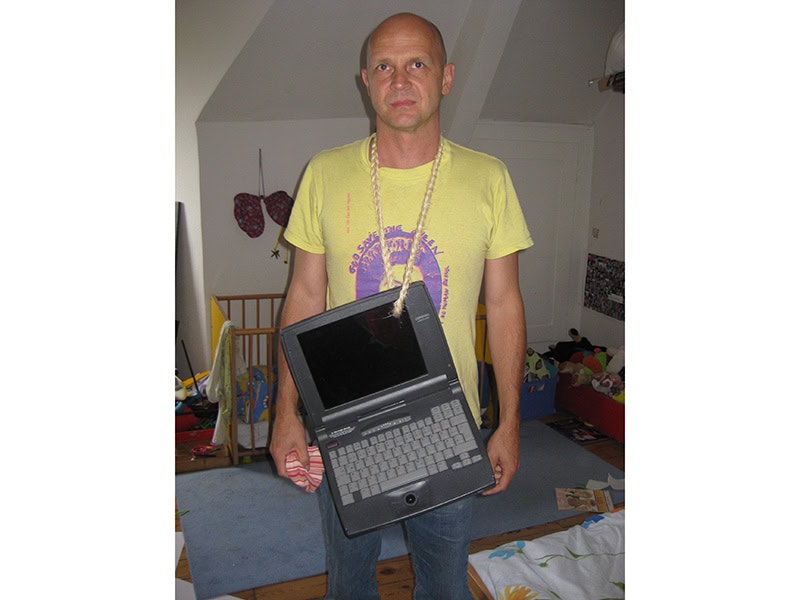
Many countries have a bunch of awesome jewelers. Aotearoa belongs to that cohort. We have a number of artists contributing significant positions in contemporary jewelry, despite our small population of just over five million.
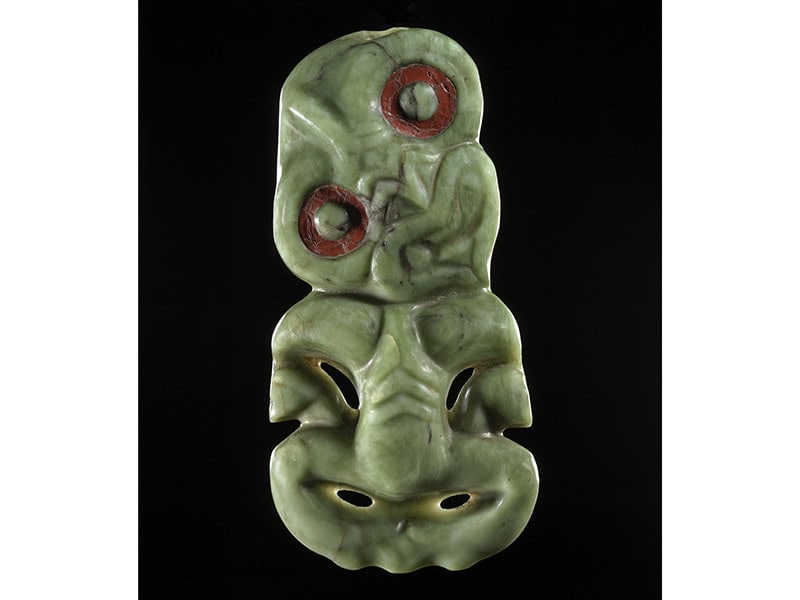
Aotearoa’s traumatic colonial history, shaped by the arrival of British colonists in the early 19th century and the subsequent impact on the indigenous Māori people, who had migrated to Aotearoa from eastern Polynesia hundreds of years before, has left significant scars. Māori artists/craftspeople and their perspectives were dismissed, and the work they made appropriated by colonial society. Successful contemporary art in Aotearoa largely reflected a Eurocentric view. Māori have had to fight hard, things are slowly changing, and in contemporary jewelry today we have a rich selection of works and perspectives, attitudes, and positions.
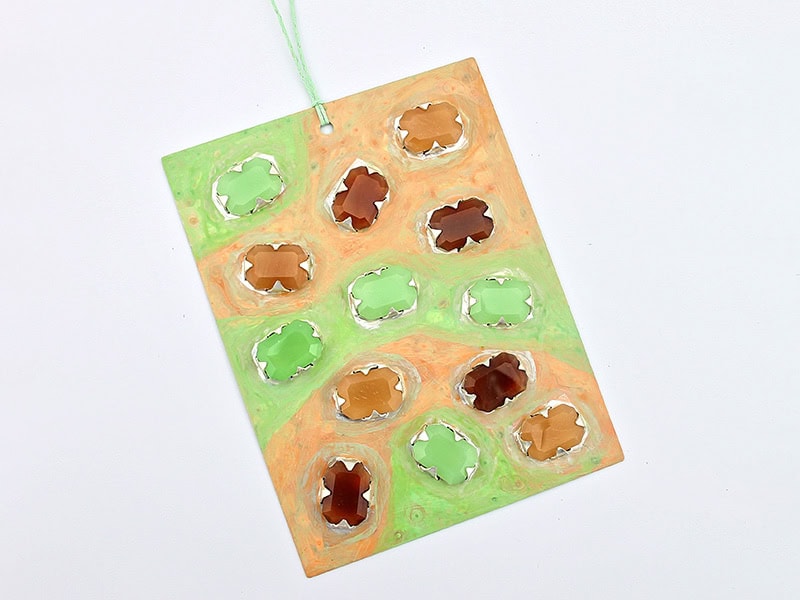
Materials such as pounamu (jade/greenstone), kōiwi (bone), anga (shell), rakau (wood), harakeke (flax fibre), kōhatu (stone), and the subsequent tools and techniques used to work them have a rich history not only in Māori culture, but also in the wider Pacific. We have large communities of people from Pacific nations in Aotearoa, too.
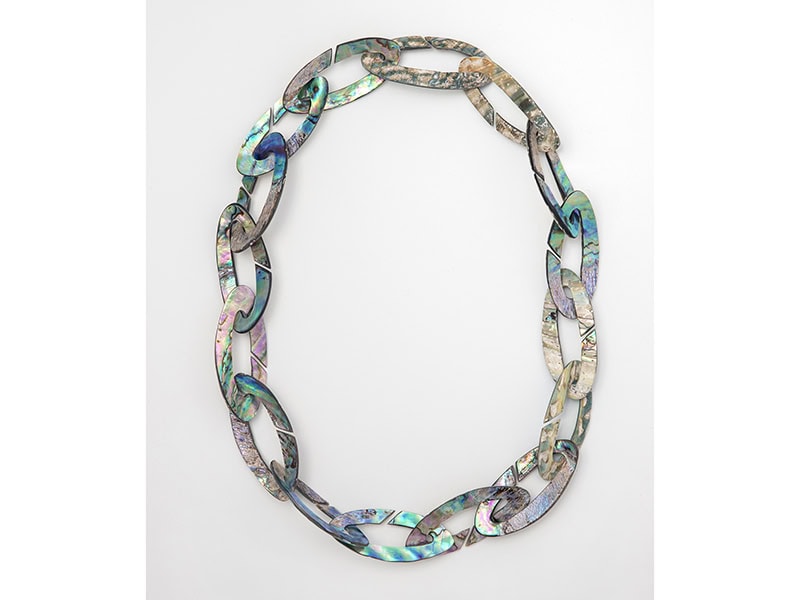
Art and craft in Aotearoa celebrates and interprets these materials and cultural history, and you’ll often find these materials in our jewelry pieces. I’ve used them at times in my own work to help with answers to my questions, sometimes quite unconsciously. As a Pākehā (non-Māori/European New Zealander) artist born and bred in Aotearoa, with ancestry going back to the first colonists, but with extended family connection to Māori, I absolutely have to deal with these issues in my work, as I believe we all should.

How do Pākehā artists deal with their history? First off we become allies, actively supporting Māori however we can. Our artistic channels of automatically foraging and borrowing from all that is around us, from childhood to the current day, are challenged. We become tentative at times, we pause to look deeper, we may comment (in the work), then continue with new perspectives and influences.
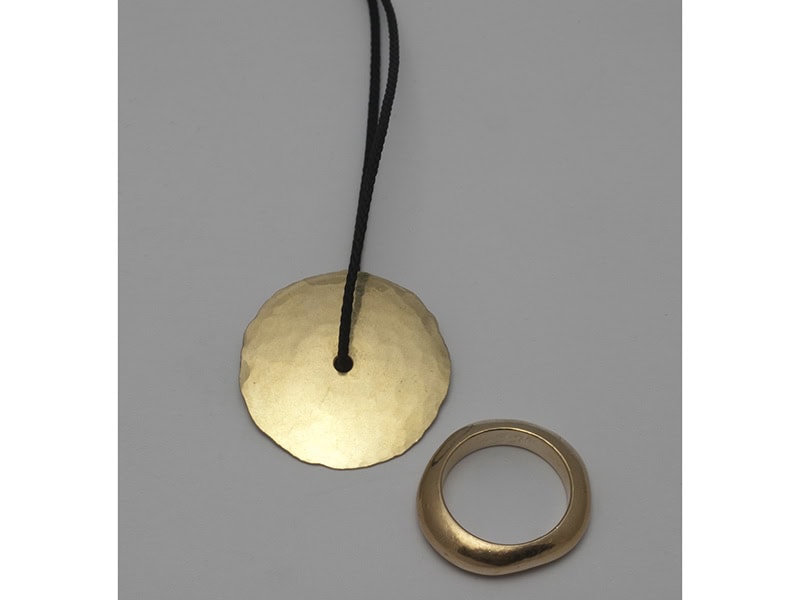
I write the English word next to the Māori, which you often see in writing from Aotearoa. This is not only symbolic of the struggle to preserve Te Reo Māori (Māori language) but is also about the respectful recognition of one of our official languages. It is still necessary to do this—we currently, for example, have a coalition government that is trying its hardest to reverse the progress Māori have fought hard to achieve.
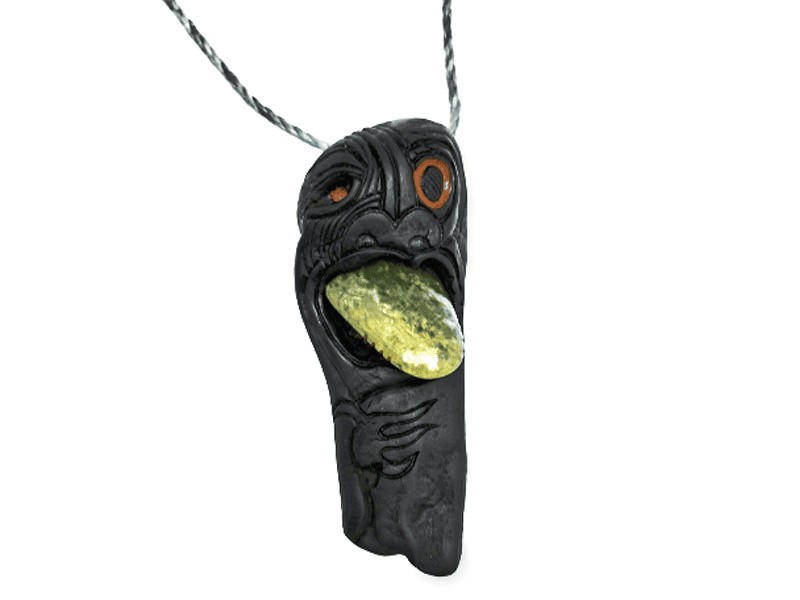
Aotearoa has also had its share of international jewelers visiting or settling here, bringing with them an aesthetic, an attitude, another kind of knowledge of jewelry-making and goldsmithing. Some of us have left Aotearoa, then returned. Pieces made are often a fusion of all these developing and changing influences—Māori and Pacific culture, Pākehā culture (by which I mean the rituals and cultural information historically from Britain), immigration and emigration, the coming and going of information.
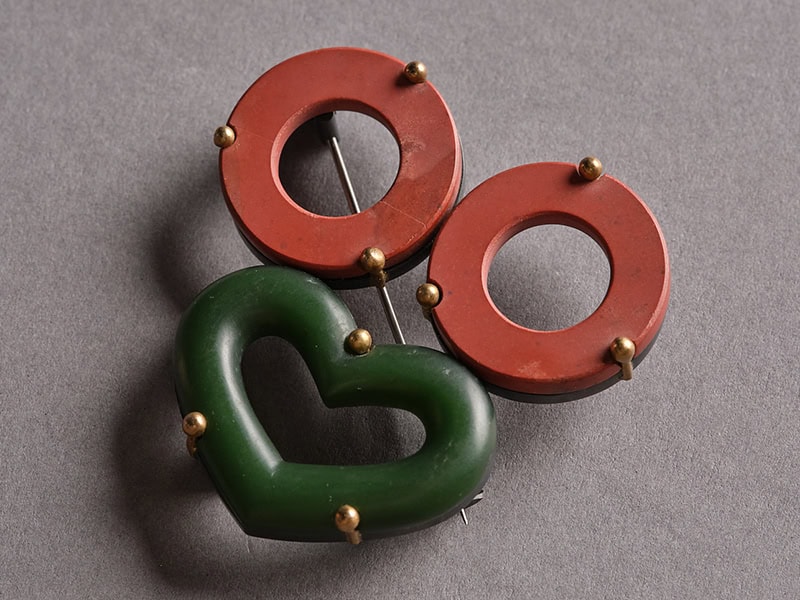
The first contemporary jewelers have always been described as “self-taught.” But actually the jewelers of that generation, roughly from the 1960s to the 80s, all had some kind of training or arts education (albeit sometimes in a different field). The craft and design courses, set up within various art schools around the country, began in the late 80s. I was part of those first student intakes. A student then could eventually study contemporary jewelry full time. (Before that there were very few traditional academic or apprentice pathways.)
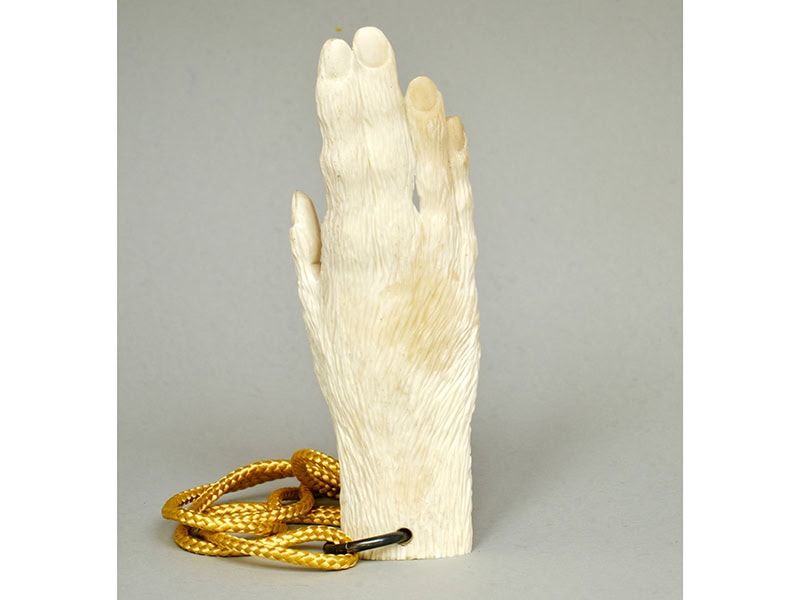
The DIY attitude, experimentation and exploration, based in the craft and art movements of the hippie then punk rebellions of the 60s and 70s, and the Māori tradition of passing knowledge down through whānau (family) and iwi (wider tribe), still hovers about. We haven’t embraced the academic jeweler quite as much as other countries. Currently we have a situation where nearly all the jewelry departments in our art schools have closed (there are still a couple). I predict a return to the celebration of materials—their culture, history, and power—and to spontaneous experimentation with the tools and techniques that shape them. Everything else will fall into place. Good jewelry is the aim.

Kallan MacLeod
We have a number of dealer galleries who support our work—most art galleries will have a jeweler or two in their stable. Fingers gallery, in Auckland, has just had its 50-year anniversary. It’s the longest-running jewelry gallery in the world. Some public galleries and museums have strong contemporary jewelry collections and collect regularly.
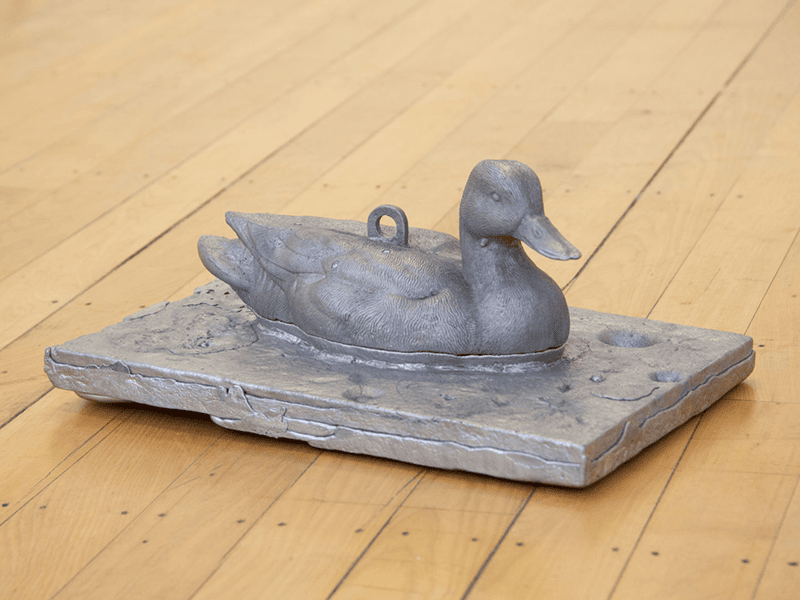
Our plant and sea life is incredible. Much of our art and craft borrows from nature. Whether we’re taking the piss or are classically crafty, we can’t escape its power. Nature and the organic form seep into many contemporary and historic artworks.
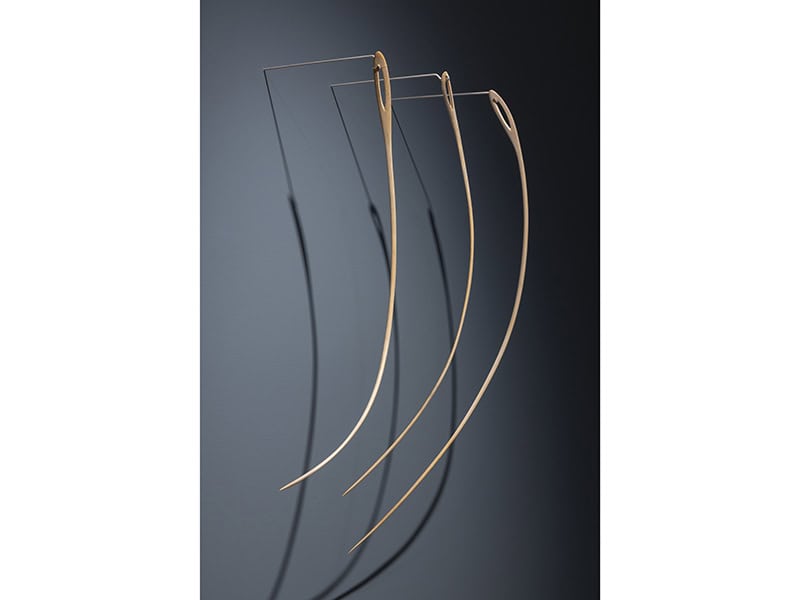
We run quite a bit of activity outside Aotearoa. This would also explain the attention we get at times. When punching above your weight, it all becomes about the attention. The Handshake Project that pairs up mentors with young Aotearoa jewelers has opened up connections outside of Aotearoa. Some of us study, travel, teach, and exhibit regularly in Australia, Asia, Europe, and the USA.
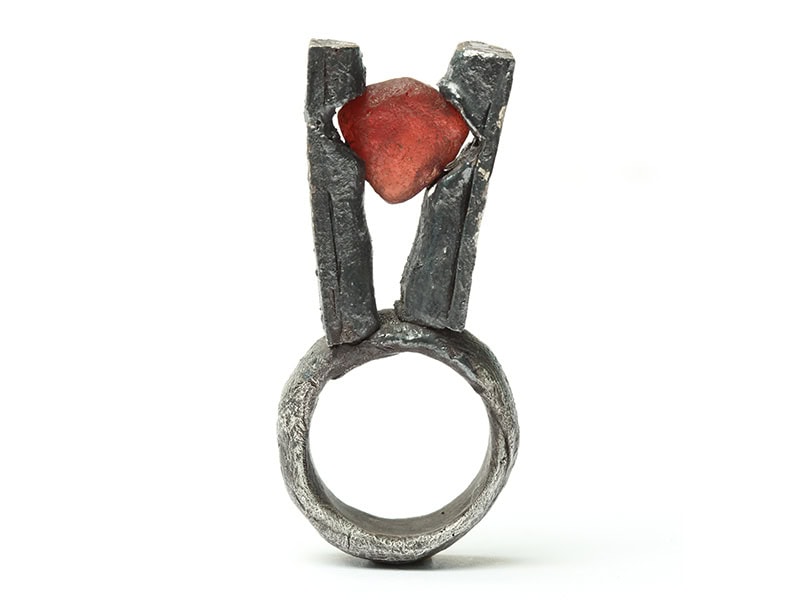
Munich, a contemporary jewelry hub, has strong connections to Aotearoa, with various relationships and friendships amongst artists, writers, and curators developing over the years. The internet has enabled our geographic isolation to become almost irrelevant. There’s without a doubt something unique that comes from living on two islands in the middle of the Pacific ocean, with a turbulent but powerful history, breathtaking nature, situated a long way from anywhere. It’s this combination of uniqueness and history that has produced a contingent of jewelers making excellent work.
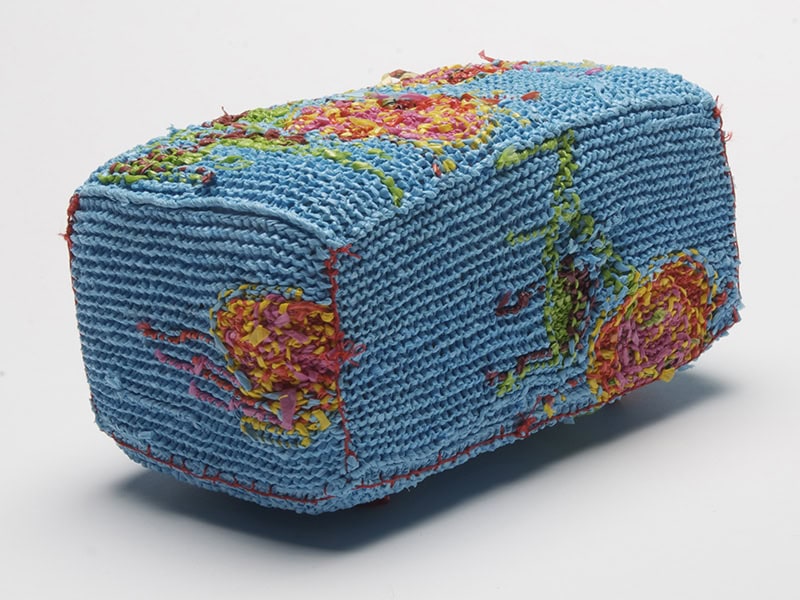
NUEVA ZELANDA TIENE MÁS FUERZA DE LO QUE PARECE EN EL MUNDO DE LA JOYERÍA CONTEMPORÁNEA
¿Cuál es el motivo?
Por Lisa Walker. Traducido por Jimena Rios
Los joyeros de Nueva Zelanda trabajan con una riqueza material y cultural que abarca todo el Pacífico. La historia colonial, compleja y traumática, dio lugar a una fusión de influencias que, junto con una actitud de “hágalo usted mismo”, fomenta la experimentación y la exploración constantes. A esto se suma una fuerte conexión con la tradición Māori de transmitir el conocimiento a través del whānau (familia) y el iwi (tribu extendida).
Cuando Art Jewelry Forum me propuso escribir sobre este tema, pensé que tal vez alguien con una mirada externa podría dar una visión más acertada que un artista local (¿qué dirías si te preguntan “por qué sos tan bueno”?). Pero hay ciertos elementos que a los joyeros kiwis, definitivamente, nos hacen únicos. Y Tal vez los años que viví en Alemania me den algo de perspectiva para contarlo mejor.

Muchos países cuentan con joyeros increíbles, y Aotearoa (nombre de Nueva Zelanda en contextos en los que se reconoce y valora la cultura Māori) es sin duda uno de ellos. Aunque la población no supera los cinco millones, tenemos una buena cantidad de artistas que hacen aportes significativos al campo de la joyería contemporánea.

La historia colonial de Aotearoa está marcada por la llegada de colonos británicos a principios del siglo XIX y por el fuerte impacto que esto tuvo en el pueblo Māori, que habitaba estas tierras desde hacía siglos tras migrar desde el este de la Polinesia. Durante mucho tiempo, las perspectivas de los artistas y artesanos Māori fueron ignoradas y su trabajo, apropiado por la sociedad colonial. Las expresiones contemporáneas más visibles solían responder a una visión eurocentrista. Sin embargo, esa narrativa está cambiando: hoy, la joyería contemporánea en Nueva Zelanda refleja una notable diversidad de obras, enfoques y puntos de vista.

Materiales como el pounamu (jade), el kōiwi (hueso), el anga (concha), el rākau (madera), el harakeke (fibra de lino), el kōhatu (piedra), y las técnicas y herramientas necesarias para trabajarlos, tienen una historia rica no solo dentro de la cultura Māori, sino también en todo el Pacífico. A esto se suma la presencia de numerosas comunidades del Pacífico que enriquecen el paisaje cultural y artístico de Aotearoa.

El arte y la artesanía en Nueva Zelanda celebran e interpretan esos materiales y sus historias. En mi caso, los he utilizado en ocasiones para encontrar respuestas a preguntas personales, muchas veces de forma inconsciente. Como artista Pākehā (no Māori, de origen europeo), nacida y criada en Aotearoa, con ancestros que llegan hasta los primeros colonos y vínculos familiares con el pueblo Māori, siento que es necesario abordar estos temas en mi práctica. Y considero que todos deberíamos hacerlo.

¿Cómo abordan los artistas Pākehā su propia historia? En primer lugar, convirtiéndose en aliados, apoyando al pueblo Māori de la mejor manera posible. También cuestionando esa costumbre casi automática, aprendida desde la infancia, de incorporar todo lo que nos rodea en el proceso creativo sin pensar demasiado en su origen. Aunque la tentación esté presente, uno se detiene, observa con atención, tal vez cuestiona —a través de la obra— y sigue buscando nuevas perspectivas e influencias.

Escribo las palabras en inglés junto a sus equivalentes en Māori, algo habitual en Aotearoa. Esto no es solo un gesto simbólico en la lucha por preservar el Te Reo Māori (idioma Māori), sino una forma de mostrar respeto hacia nuestras dos lenguas oficiales. Aún es necesario hacerlo: actualmente, por ejemplo, tenemos un gobierno de coalición que está tratando de frenar los avances que al pueblo Māori le ha costado muchísimo conseguir.

Aotearoa ha recibido visitas de joyeros internacionales o que incluso se han instalado aquí, trayendo consigo sus estéticas, actitudes y formas de entender la joyería. Muchos de nosotros también nos fuimos del país por un tiempo y después volvimos. Las obras que creamos son el resultado de ese ir y venir, de una evolución constante y de influencias múltiples: la cultura Māori y la del Pacífico, la cultura Pākehā (es decir, los rituales y referencias histórico-culturales británicas), la migración, y toda la información que entra y sale.

A los primeros joyeros contemporáneos en Nueva Zelanda se los describía como autodidactas. Pero muchos de los que trabajaban entre los años 60 y 80 tenían formación en arte, aunque fuera en otras disciplinas. Los cursos formales de artesanía y diseño en las escuelas de arte recién comenzaron a fines de los años 80. Yo formé parte de esa generación. Fue entonces cuando los estudiantes pudieron comenzar a estudiar joyería como disciplina principal. Antes de eso, solo existían unas pocas academias tradicionales o modo de aprendizaje más informal.

La actitud de “hágalo usted mismo”, junto con la experimentación y exploración propias del movimiento arts and crafts, seguida por el punk de los 60 y 70, y la tradición Māori de transmisión del conocimiento a través del whānau y el iwi, siguen muy presentes. Acá no jerarquizamos la formación académica como se hace en otros países. Hoy, de hecho, muchos departamentos de joyería en nuestras escuelas de arte han cerrado (quedan apenas unos pocos). Mi intuición es que volveremos a celebrar los materiales —su cultura, su historia, su fuerza—, y que habrá un renovado entusiasmo por la experimentación espontánea con las herramientas y técnicas. Lo demás se irá acomodando. Al dina el objetivo es hacer buena joyería.

Contamos con varias galerías que apoyan nuestro trabajo —casi todas las galerías de arte incluyen al menos a uno o dos joyeros entre los artistas que representan. La galería Fingers, en Auckland, acaba de cumplir 50 años: es la galería de joyería contemporánea más longeva del mundo. Algunos museos tienen colecciones importantes de joyería y continúan incorporando obras de forma activa.
Jack Hadley, Decoy, 2021, aluminio, zirconias, foto del artista
Nuestra flora y fauna marina son espectaculares. Mucho de nuestro arte y de nuestra artesanía se alimenta directamente de la naturaleza. Podemos estar haciendo humor o seguir una línea más tradicional, pero nunca podemos escapar del poder de lo natural. Las formas orgánicas y los referentes naturales se filtran tanto en obras contemporáneas como históricas.

Los joyeros de Aotearoa tenemos bastante actividad fuera del país, y tal vez eso explique la atención que recibimos. Cuando tenés más fuerza de la que se espera, todo se trata de visibilidad. El proyecto Handshake, que une a joyeros jóvenes de Aotearoa con mentores internacionales, ha abierto muchísimas puertas. Muchos de nosotros estudiamos, viajamos, enseñamos y exponemos regularmente en Australia, Asia, Europa y Estados Unidos.

Múnich —el centro neurálgico de la joyería contemporánea— tiene vínculos muy fuertes con Aotearoa: hay relaciones personales y profesionales entre artistas, curadores y escritores que se han ido tejiendo con los años. Internet ha hecho que nuestro aislamiento geográfico sea casi irrelevante. Sin duda, vivir entre dos islas en medio del Océano Pacífico aporta algo especial: una historia potente y convulsionada, una naturaleza que te deja sin aliento, y la sensación de estar lejos de todo. Esa combinación ha dado lugar a un grupo de joyeros que está produciendo trabajos realmente extraordinarios.

We welcome your comments on our publishing, and will publish letters that engage with our articles in a thoughtful and polite manner. Please submit letters to the editor electronically; do so here.
© 2025 Art Jewelry Forum. All rights reserved. Content may not be reproduced in whole or in part without permission. For reprint permission, contact info (at) artjewelryforum (dot) org
